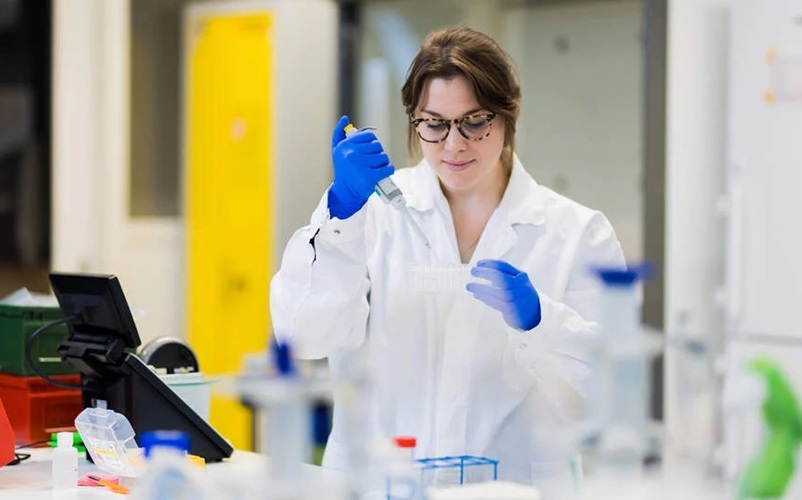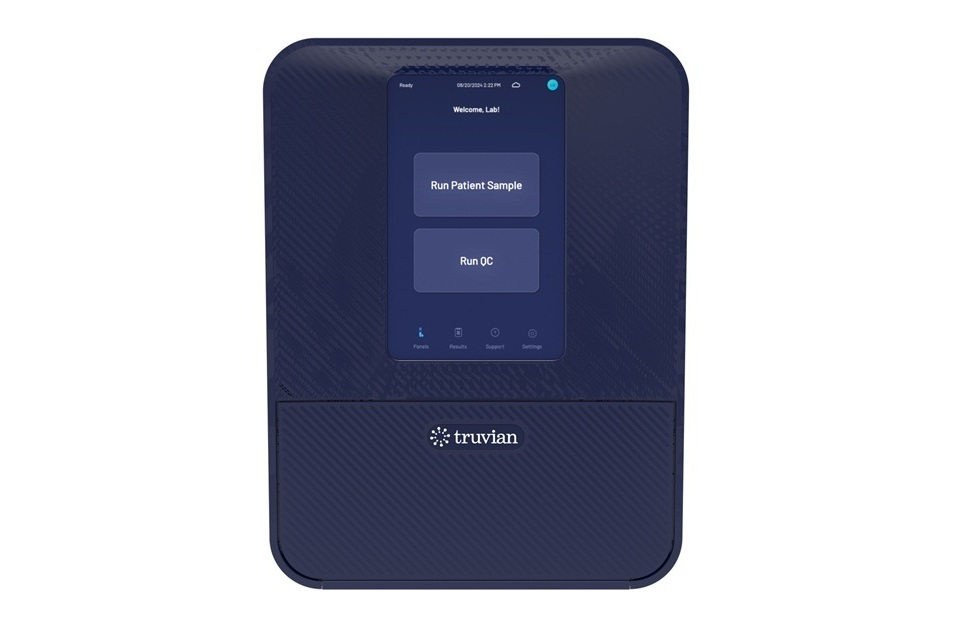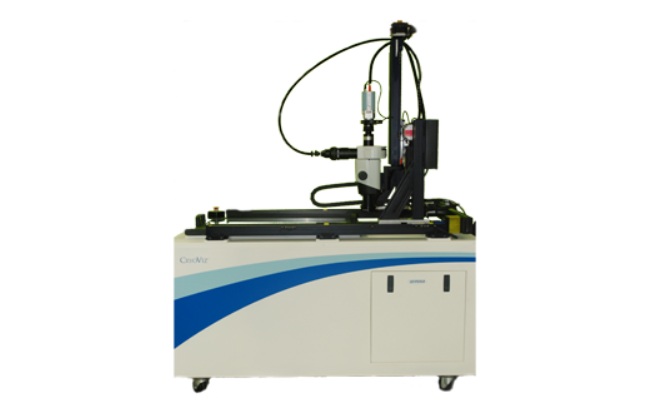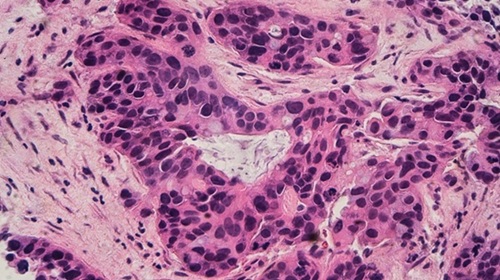High-Res Genotyping Improves Survival for Stem Cell Transplantation
|
By LabMedica International staff writers Posted on 25 Apr 2019 |
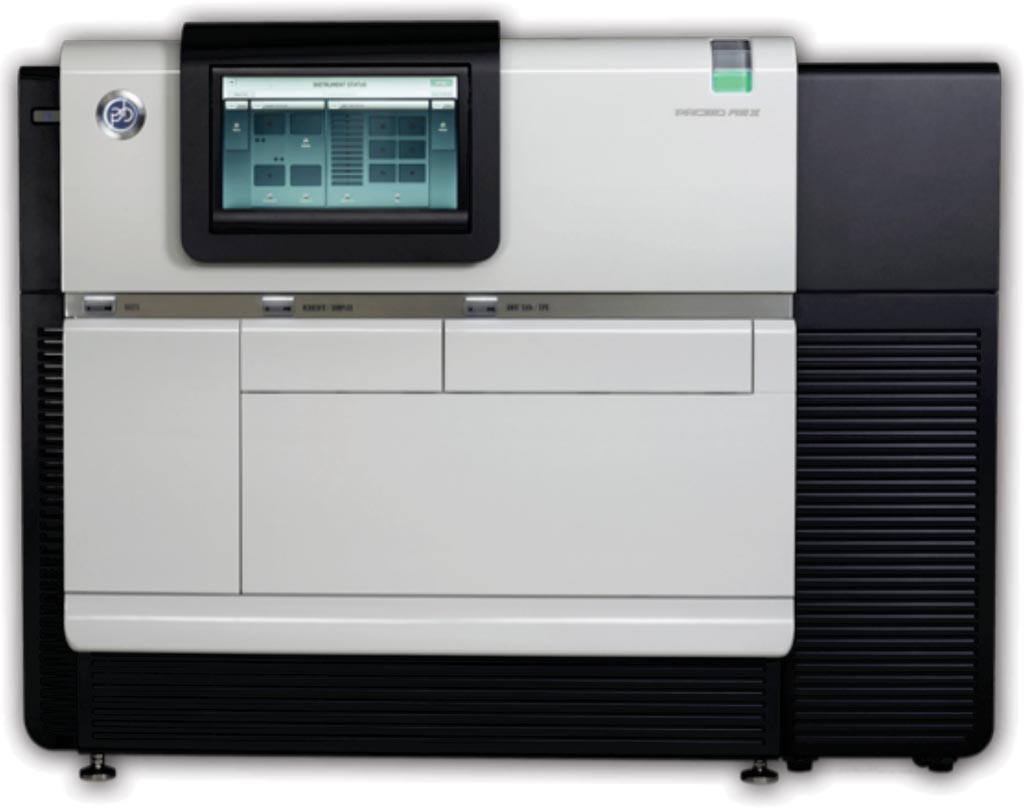
Image: The PacBio RS II sequencer uses single molecule, real time (SMRT) sequencing technology (Photo courtesy of Pacific Biosciences).
Allogeneic hematopoietic cell transplantation (HCT) provides a curative treatment option for individuals with hematologic diseases. Recipients and donors are considered to be compatible or “well matched” if they share a high degree of genetic similarity at their human leukocyte antigen (HLA) loci.
HCT was limited to using HLA-identical related donors. Improved knowledge of the transplant process and therapeutic drug development, coupled with increased resolution of HLA typing and a significantly larger pool of volunteer unrelated donors (VUDs) worldwide, has meant that HCT with a VUD now offers comparable survival.
A team of scientists working with the Anthony Nolan Research Institute (London, UK) carried out a large retrospective study consisting of VUD–recipient HCT pairs transplanted between 1996 and 2011. The cohort comprised 891 adult and pediatric patients with hematologic malignancies from 32 UK allogeneic centers were included. Primary outcomes included overall survival (OS), non-relapse mortality (NRM), disease relapse, and acute graft-versus-host disease (aGVHD). Reporting of chronic GVHD follow-up data were insufficient to perform this analysis.
The team used methods of DNA-based HLA typing used previously included sequence specific oligonucleotide probing, Sanger sequencing-based typing, and reference strand-mediated conformational analysis. Retrospective UHR HLA typing of the cohort was performed for the six classic HLA loci using Pacific Biosciences Single Molecule Real-Time sequencing. To determine if there were viable alternatives to a 12/12 ultra-high resolution (UHR) HLA match, they chose to test the HLA-DPB1 T cell epitope (TCE) model of permissible mismatching in this data set.
The scientists reported that of 891 bone marrow donors and their respective, they found that when patients were matched at 12 alleles across six HLA genes, five-year survival was 55% compared to 40% for patients with any degree of mismatch. In addition, they found that 29% of patients who were previously thought to be matched via HLA typing methods that included Sanger sequencing and sequencing-specific oligonucleotide probing, actually had at least one mismatch when they were retrospectively analyzed using long-read sequencing on the Pacific Biosciences RS II platform. And, five-year survival among these patients was also lower at 30%.
Neema P Mayor, PhD, Head of Immunogenetics and lead author of the study, said, “We thought all of these individuals had been well matched, but they were not as well-matched as we had previously thought. Then, when the team analyzed the outcomes, they found that the individuals with mismatches that we didn't know about did significantly worse.” The study was published in the March 2019 issue of the journal Biology of Blood and Marrow Transplantation.
Related Links:
Anthony Nolan Research Institute
HCT was limited to using HLA-identical related donors. Improved knowledge of the transplant process and therapeutic drug development, coupled with increased resolution of HLA typing and a significantly larger pool of volunteer unrelated donors (VUDs) worldwide, has meant that HCT with a VUD now offers comparable survival.
A team of scientists working with the Anthony Nolan Research Institute (London, UK) carried out a large retrospective study consisting of VUD–recipient HCT pairs transplanted between 1996 and 2011. The cohort comprised 891 adult and pediatric patients with hematologic malignancies from 32 UK allogeneic centers were included. Primary outcomes included overall survival (OS), non-relapse mortality (NRM), disease relapse, and acute graft-versus-host disease (aGVHD). Reporting of chronic GVHD follow-up data were insufficient to perform this analysis.
The team used methods of DNA-based HLA typing used previously included sequence specific oligonucleotide probing, Sanger sequencing-based typing, and reference strand-mediated conformational analysis. Retrospective UHR HLA typing of the cohort was performed for the six classic HLA loci using Pacific Biosciences Single Molecule Real-Time sequencing. To determine if there were viable alternatives to a 12/12 ultra-high resolution (UHR) HLA match, they chose to test the HLA-DPB1 T cell epitope (TCE) model of permissible mismatching in this data set.
The scientists reported that of 891 bone marrow donors and their respective, they found that when patients were matched at 12 alleles across six HLA genes, five-year survival was 55% compared to 40% for patients with any degree of mismatch. In addition, they found that 29% of patients who were previously thought to be matched via HLA typing methods that included Sanger sequencing and sequencing-specific oligonucleotide probing, actually had at least one mismatch when they were retrospectively analyzed using long-read sequencing on the Pacific Biosciences RS II platform. And, five-year survival among these patients was also lower at 30%.
Neema P Mayor, PhD, Head of Immunogenetics and lead author of the study, said, “We thought all of these individuals had been well matched, but they were not as well-matched as we had previously thought. Then, when the team analyzed the outcomes, they found that the individuals with mismatches that we didn't know about did significantly worse.” The study was published in the March 2019 issue of the journal Biology of Blood and Marrow Transplantation.
Related Links:
Anthony Nolan Research Institute
Latest Hematology News
- Platelet Activity Blood Test in Middle Age Could Identify Early Alzheimer’s Risk
- Microvesicles Measurement Could Detect Vascular Injury in Sickle Cell Disease Patients
- ADLM’s New Coagulation Testing Guidance to Improve Care for Patients on Blood Thinners
- Viscoelastic Testing Could Improve Treatment of Maternal Hemorrhage
- Pioneering Model Measures Radiation Exposure in Blood for Precise Cancer Treatments
- Platelets Could Improve Early and Minimally Invasive Detection of Cancer
- Portable and Disposable Device Obtains Platelet-Rich Plasma Without Complex Equipment
- Disposable Cartridge-Based Test Delivers Rapid and Accurate CBC Results
- First Point-of-Care Heparin Monitoring Test Provides Results in Under 15 Minutes

- New Scoring System Predicts Risk of Developing Cancer from Common Blood Disorder
- Non-Invasive Prenatal Test for Fetal RhD Status Demonstrates 100% Accuracy
- WBC Count Could Predict Severity of COVID-19 Symptoms
- New Platelet Counting Technology to Help Labs Prevent Diagnosis Errors
- Streamlined Approach to Testing for Heparin-Induced Thrombocytopenia Improves Diagnostic Accuracy
- POC Hemostasis System Could Help Prevent Maternal Deaths
- New Test Assesses Oxygen Delivering Ability of Red Blood Cells by Measuring Their Shape
Channels
Clinical Chemistry
view channel
Chemical Imaging Probe Could Track and Treat Prostate Cancer
Prostate cancer remains a leading cause of illness and death among men, with many patients eventually developing resistance to standard hormone-blocking therapies. These drugs often lose effectiveness... Read more
Mismatch Between Two Common Kidney Function Tests Indicates Serious Health Problems
Creatinine has long been the standard for measuring kidney filtration, while cystatin C — a protein produced by all human cells — has been recommended as a complementary marker because it is influenced... Read moreMolecular Diagnostics
view channel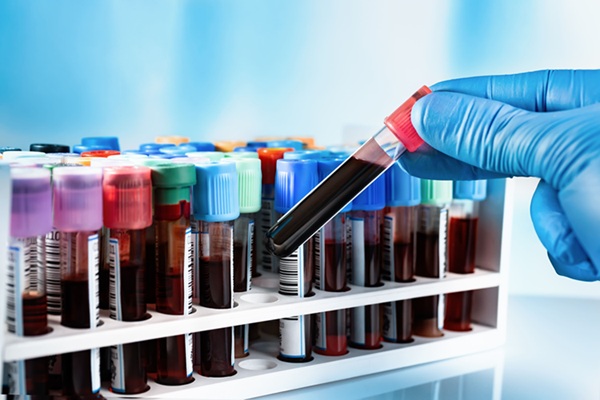
Blood Protein Profiles Predict Mortality Risk for Earlier Medical Intervention
Elevated levels of specific proteins in the blood can signal increased risk of mortality, according to new evidence showing that five proteins involved in cancer, inflammation, and cell regulation strongly... Read more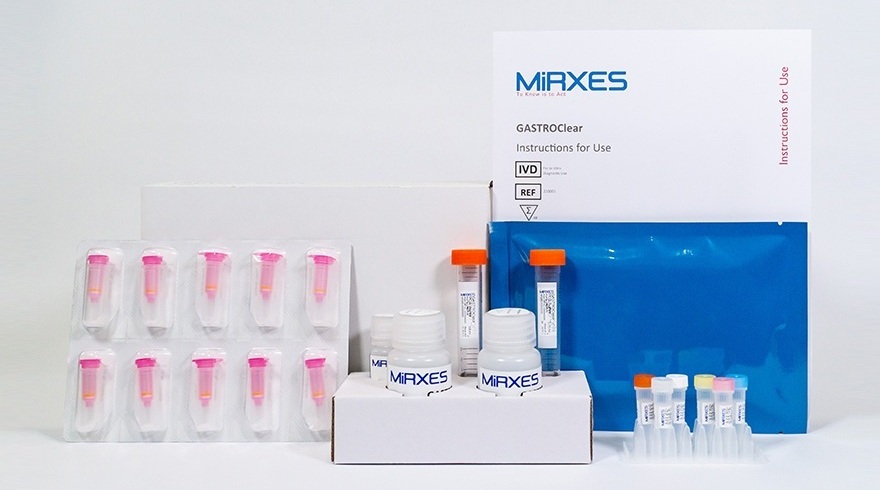
First Of Its Kind Blood Test Detects Gastric Cancer in Asymptomatic Patients
Each year, over 1 million people worldwide are diagnosed with gastric (stomach) cancer, and over 800,000 people die of the disease. It is among the top 5 deadliest cancers worldwide for both men and women.... Read moreImmunology
view channel
Gene Signature Test Predicts Response to Key Breast Cancer Treatment
DK4/6 inhibitors paired with hormone therapy have become a cornerstone treatment for advanced HR+/HER2– breast cancer, slowing tumor growth by blocking key proteins that drive cell division.... Read more
Chip Captures Cancer Cells from Blood to Help Select Right Breast Cancer Treatment
Ductal carcinoma in situ (DCIS) accounts for about a quarter of all breast cancer cases and generally carries a good prognosis. This non-invasive form of the disease may or may not become life-threatening.... Read moreMicrobiology
view channel
Rapid Assay Identifies Bloodstream Infection Pathogens Directly from Patient Samples
Bloodstream infections in sepsis progress quickly and demand rapid, precise diagnosis. Current blood-culture methods often take one to five days to identify the pathogen, leaving clinicians to treat blindly... Read more
Blood-Based Molecular Signatures to Enable Rapid EPTB Diagnosis
Extrapulmonary tuberculosis (EPTB) remains difficult to diagnose and treat because it spreads beyond the lungs and lacks easily accessible biomarkers. Despite TB infecting 10 million people yearly, the... Read more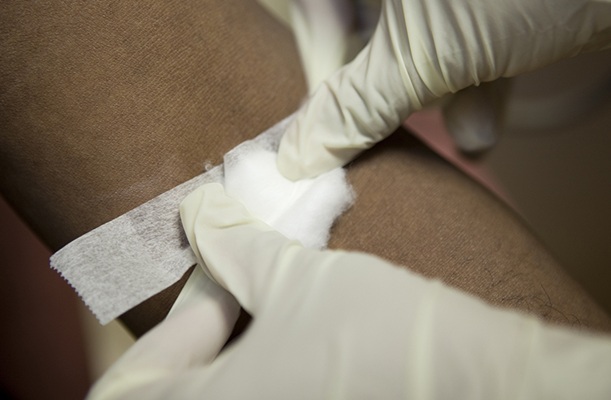
15-Minute Blood Test Diagnoses Life-Threatening Infections in Children
Distinguishing minor childhood illnesses from potentially life-threatening infections such as sepsis or meningitis remains a major challenge in emergency care. Traditional tests can take hours, leaving... Read more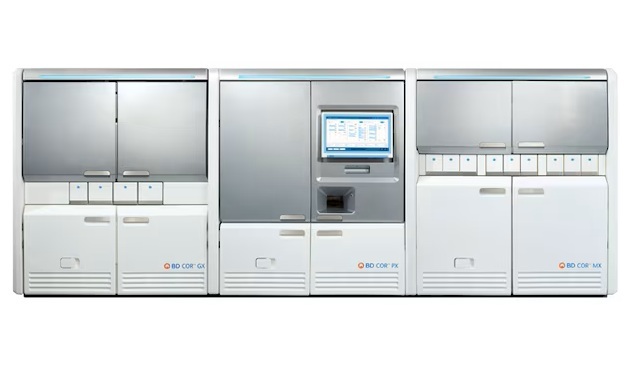
High-Throughput Enteric Panels Detect Multiple GI Bacterial Infections from Single Stool Swab Sample
Gastrointestinal (GI) infections are among the most common causes of illness worldwide, leading to over 1.7 million deaths annually and placing a heavy burden on healthcare systems. Conventional diagnostic... Read morePathology
view channel
AI Tool Rapidly Analyzes Complex Cancer Images for Personalized Treatment
Complex digital biopsy images that typically take an expert pathologist up to 20 minutes to assess can now be analyzed in about one minute using a new artificial intelligence (AI) tool. The technology... Read more
Diagnostic Technology Performs Rapid Biofluid Analysis Using Single Droplet
Diagnosing disease typically requires milliliters of blood drawn at clinics, depending on needles, laboratory infrastructure, and trained personnel. This process is often painful, resource-intensive, and... Read moreTechnology
view channel
AI Saliva Sensor Enables Early Detection of Head and Neck Cancer
Early detection of head and neck cancer remains difficult because the disease produces few or no symptoms in its earliest stages, and lesions often lie deep within the head or neck, where biopsy or endoscopy... Read more
AI-Powered Biosensor Technology to Enable Breath Test for Lung Cancer Detection
Detecting lung cancer early remains one of the biggest challenges in oncology, largely because current tools are invasive, expensive, or unable to identify the disease in its earliest phases.... Read moreIndustry
view channel
Abbott Acquires Cancer-Screening Company Exact Sciences
Abbott (Abbott Park, IL, USA) has entered into a definitive agreement to acquire Exact Sciences (Madison, WI, USA), enabling it to enter and lead in fast-growing cancer diagnostics segments.... Read more













